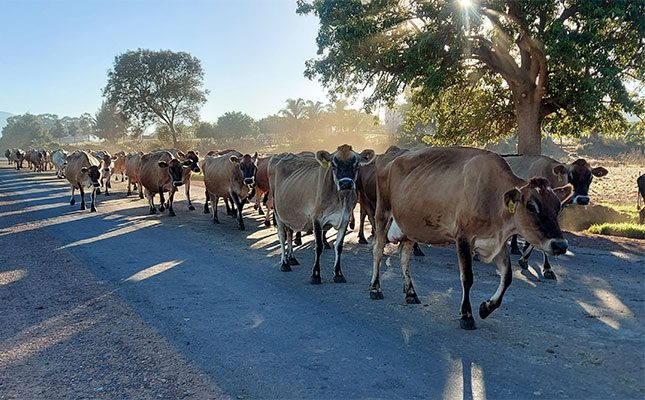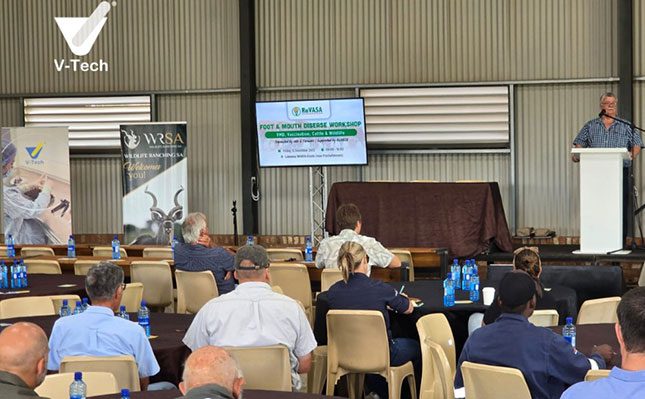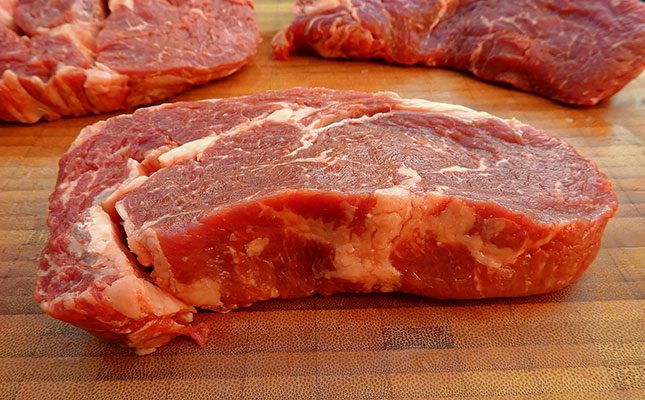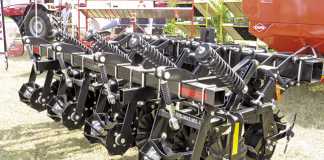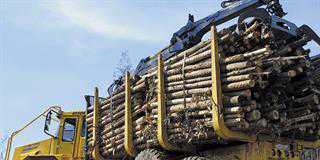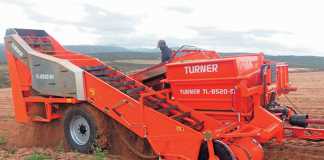This harvester has been developed with direct input from farmers and focuses on reducing the total cost of harvesting while boosting efficiency.
New Holland has been producing twin rotor systems for more than 50 years, and the CR10 represents the next step in the evolution of this technology. The design centres on four key areas: productivity, grain savings, residue management, and uptime.
At the heart of the CR10 is a 12,9ℓ FPT Cursor 13 engine, capable of producing up to
635 horsepower. The in-line layout of the engine and rotors improves power efficiency, while the hydromechanical CVT drives ensure precise rotor and feeder control.
Twin 24-inch rotors with an extended threshing and separation surface area allow for high-capacity harvesting while maintaining grain quality.
Speaking to Farmer’s Weekly, Derrick Coetzee, New Holland’s product marketing specialist, said that the combine’s cleaning system has also been upgraded. “The new trademark ‘TwinClean’ system doubles up on sieving capacity, with two combined sieves at each stage for a total of four sieves.
“This more robust setup significantly improves grain quality and, thanks to the closed-loop automation, allows losses at the back of the harvester to be reduced to nearly zero.”
Other standout specifications include a 16 000ℓ grain tank and an unloading speed of up to 159ℓ per second, ensuring quick turnaround times in the field.
One of the most significant advances on the CR10 is the trademark IntelliSpread residue management system. Coetzee explained that two rear-mounted radars monitor how crop residue is being distributed behind the combine.
“If wind causes uneven spreading, the system automatically adjusts fan speed to ensure an even distribution across up to 18m. For Western Cape farmers, where residue cover is vital for conserving soil moisture for the next season, this feature is especially beneficial.”
Ease of maintenance was another farmer-driven priority in the CR10’s design. The machine’s open layout allows easy access to rotors, while the move from drive chains to drive belts reduces wear and servicing costs. “Greasing is minimal, with just 11 grease points that only require attention every 100 to 300 hours, eliminating daily lubrication.”
In-cab automation further supports efficiency. Key adjustments to rotors and choppers can be made from the cab, keeping operators in their seat and the combine working longer hours with fewer interruptions.
By combining higher output, better grain quality, improved residue management, and reduced downtime, the CR10 aims to deliver exactly what large-scale grain producers have been asking for: lower harvesting costs without compromising on performance.


